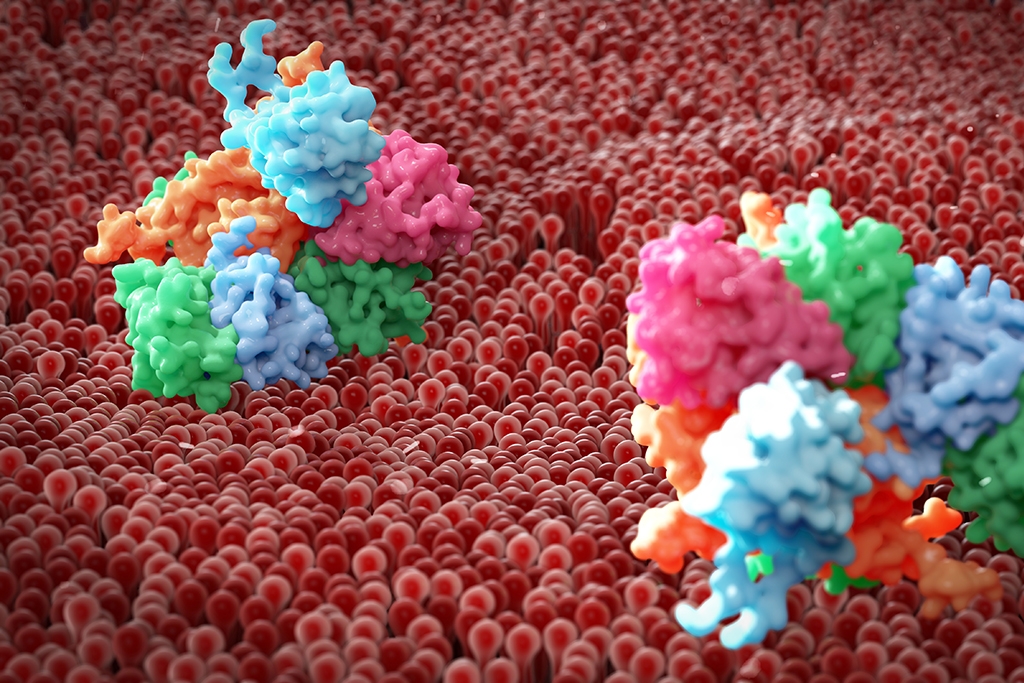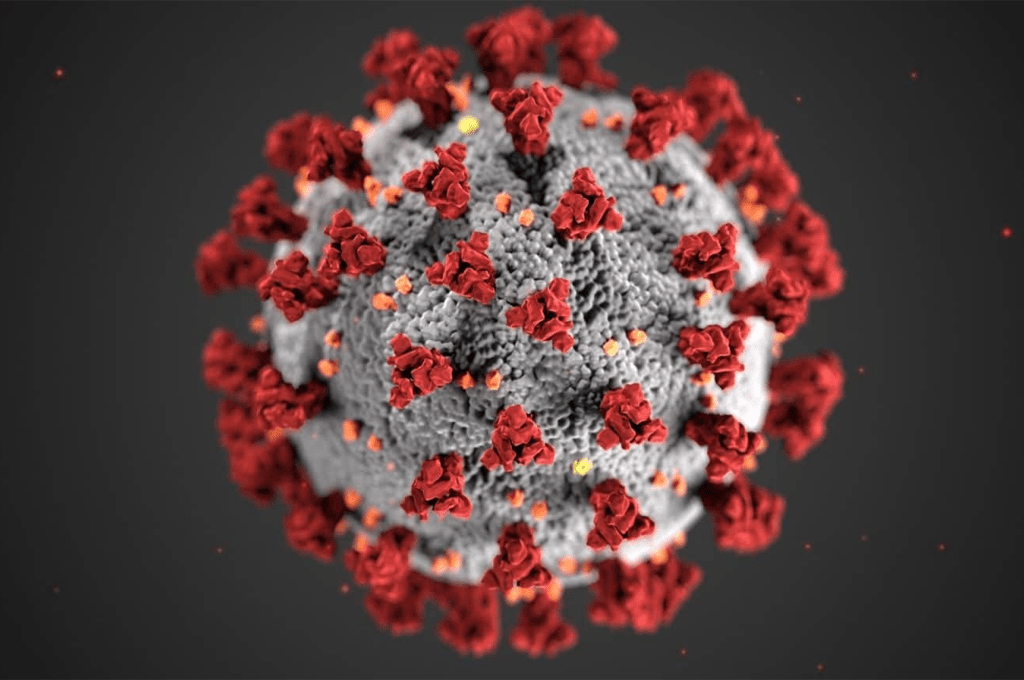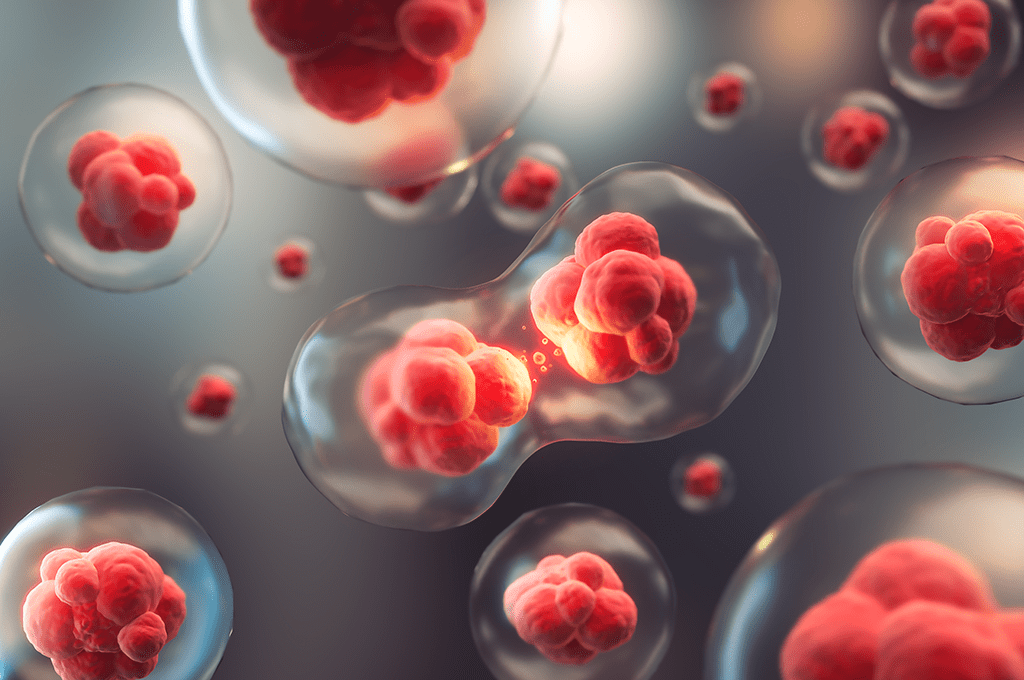Receptor modifying proteins thought to be behind mysterious drug failures
Researchers from SciLifeLab and the Rockefeller University (New York) have presented a new method for studying the “interactome” of G protein-coupled receptors (GPCRs) and Receptor activity-modifying proteins (RAMPs).
GPCRs are a very important class of cell receptors involved in everything from vision and taste to hormonal regulation and neuronal communication. Intracellular signalling is activated by ligands binding to the external part of the receptor and for this reason they serve as excellent drug targets.
One challenge for drug discovery is that receptors are embedded into the cell surface membrane, and studying them is challenging. Another problem is that a number of drugs, successful in preclinical studies, have failed in human trials due to unknown reasons. Scientists have since discovered that many of the GPCRs interact with another group of proteins, so called RAMPs, that can bind to and change the structure of the receptor making it respond differently in vivo than in vitro.
In a recent study, led by Jochen Schwenk (SciLifeLab/KTH) and Thomas Sakmar (The Rockefeller University/KI), researchers developed a multiplexed assay that could detect a large number of GPCR-RAMP complexes simultaneously. In the study, published in Science Advances, the researchers used antibodies from the Human Protein Atlas and suspension bead arrays to map the interactions of 23 different GPCRs together with three known RAMPs.
“Antibodies are fantastic research tools but they have to be validated for the specific applications, so you need to carefully design the assay and adapt the conditions for each type of sample and its preparations to make the antibodies work at their best”, says Jochen Schwenk.
The study revealed previously reported GPCR-RAMP interactions but also identified many new ones, including some RAMP interaction with orphan receptors that have unknown natural ligands. The results also provided a complete interactome of secretin-like family of GPCRs and RAMPs.
“This project is a great example of what is possible when complementary expertise and engagement meet to push the limits of the current analytical capabilities.”, says Jochen Schwenk.
These insights could play an important role in drug discovery and help researchers understand a number of GPCR-linked diseases. Looking forward, the strategy could also be helpful when studying other interacting membrane protein pairs in both cell lines and tissues.





